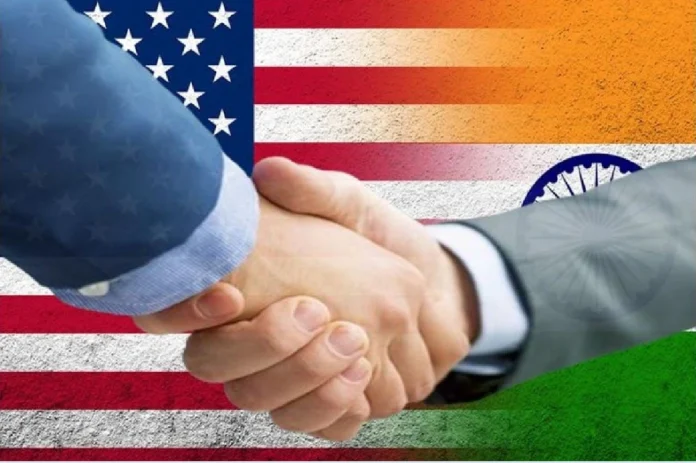By Annunthra Rangan
After years of setbacks, the long-discussed India-US trade deal has resurfaced, with Commerce Minister Piyush Goyal recently leading a delegation to Washington. The mood music was familiar: “constructive discussions”, “shared ambition”, and “commitment to continue engagement”. Yet unlike previous rounds, both capitals appear more determined to avoid another stalemate—even if the differences remain stark.
India and the US are already each other’s largest trading partners, but frictions over tariffs, subsidies, visas, agriculture, and pharmaceuticals have long strained the relationship. A comprehensive pact is seen as the way to smooth these irritants and establish a stronger foundation for economic cooperation.
The immediate flashpoint is tariffs. Over the past year, Washington has slapped steep duties on Indian exports, some as high as 50 per cent. What began as retaliation has now become a bargaining chip. For India, tariff relief is non-negotiable. For the US, however, any rollback is tied to New Delhi scaling down its purchases of discounted Russian crude—a linkage India sees as unacceptable interference in its energy security.
Energy is only one sticking point. Agriculture remains another. Washington has consistently demanded greater access for US farm and dairy products, but India fears the backlash from farmers and cooperatives who would be hit by cheaper imports. Similarly, disputes over pharmaceuticals reflect clashing priorities: US firms want stronger patent protections, while India insists on keeping medicines affordable for domestic and developing world markets. Added to this are grievances over visa restrictions for skilled Indian workers, which New Delhi sees as discriminatory.
Despite these differences, there are signs of pragmatism. India has proposed a “future-proof” clause, promising the US the same trade concessions it may extend to others in future agreements. For Washington, this would ensure it is not undercut by India’s deals with Europe or Asia. The fact that such a clause is even being discussed highlights how seriously both sides now take the relationship.
The timing also matters. Washington wants to show progress on reducing the trade deficit with India, while New Delhi hopes to secure tariff relief and easier mobility for its professionals. Even a modest deal would signal that two of the world’s largest democracies can deliver results amid rising protectionism.
Still, the risks of failure loom large. By tying tariffs to energy purchases, Washington has elevated the talks beyond economics, turning them into a test of strategic alignment. For India, conceding too much risks may appear as a compromise of sovereignty. For the US, failing to extract concessions risks appearing weak on sanctions.
Analysts suggest that a “phase one” agreement is the most realistic outcome—covering industrial goods and perhaps symbolic energy commitments—while leaving the toughest issues unresolved. A sweeping settlement remains unlikely given domestic political sensitivities on both sides.
What is clear is that the stakes go well beyond commerce. A collapse could erode trust in the broader India-US strategic partnership, while even a limited success could unlock cooperation in clean energy, digital trade, and critical minerals. Ultimately, the outcome hinges less on technical solutions—which exist—and more on whether leaders in Delhi and Washington are willing to spend political capital to bridge the gap.
The talks are back on, the intent is serious, but the result is anything but certain.
—The writer is a Senior Research Officer at Chennai Centre for China Studies. Her research interests constitute China-WANA (West Asia and North Africa) relations and human rights


